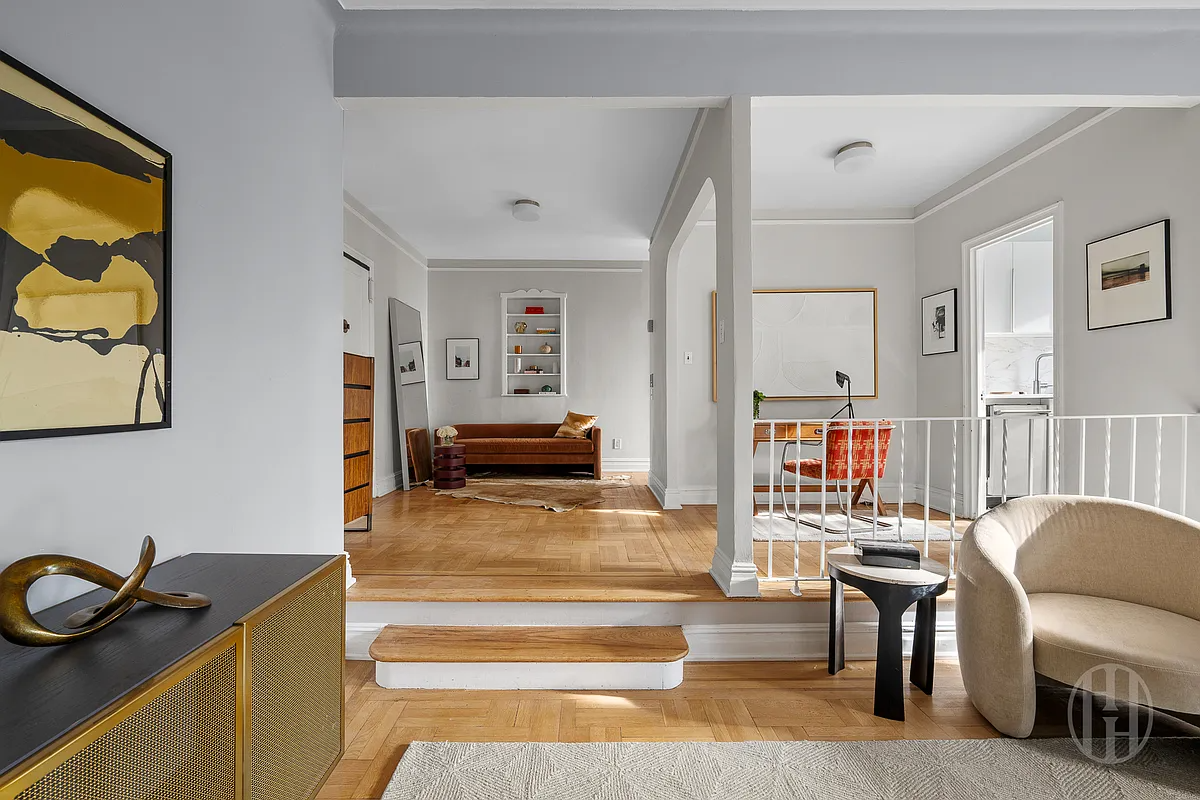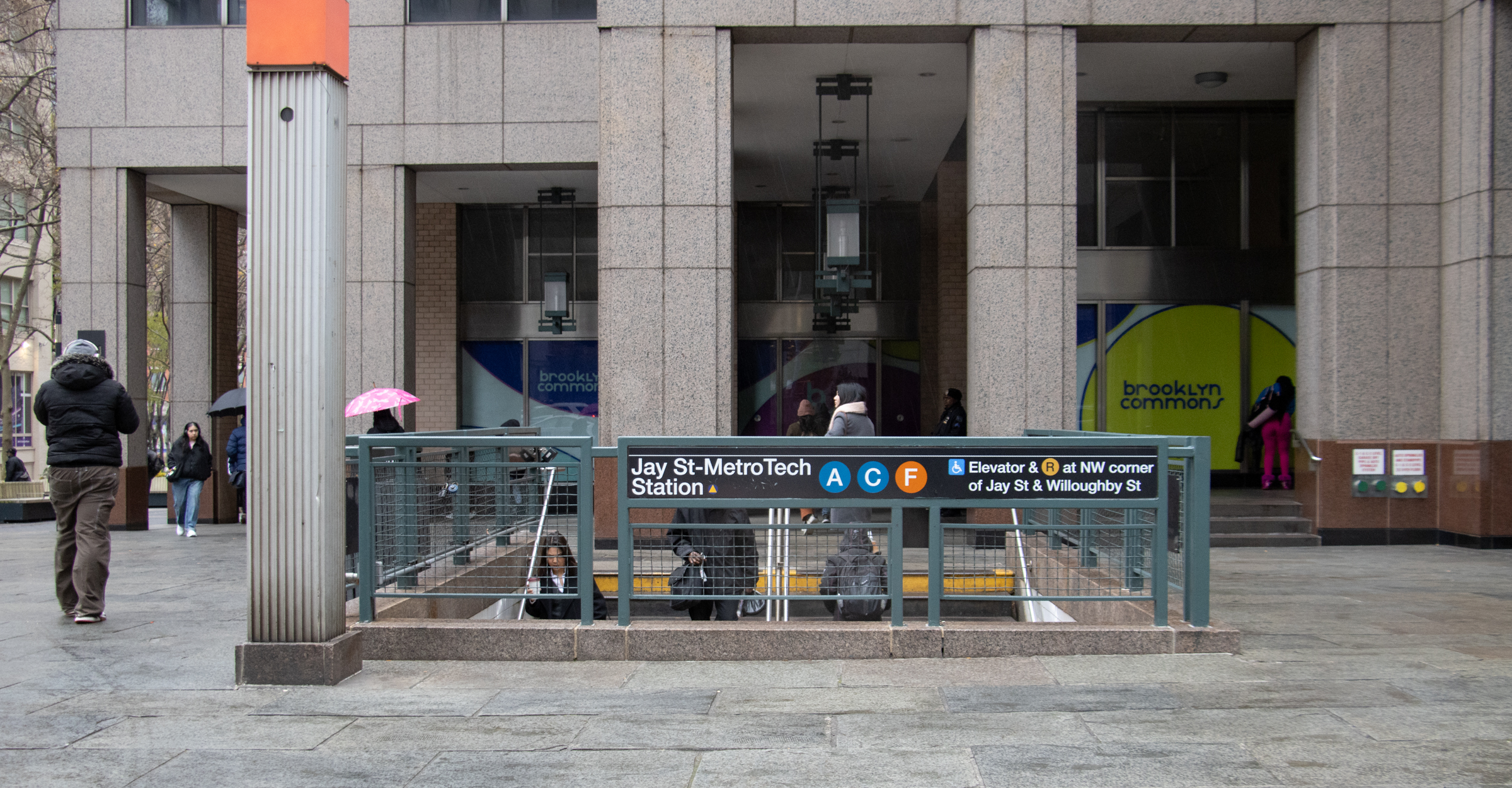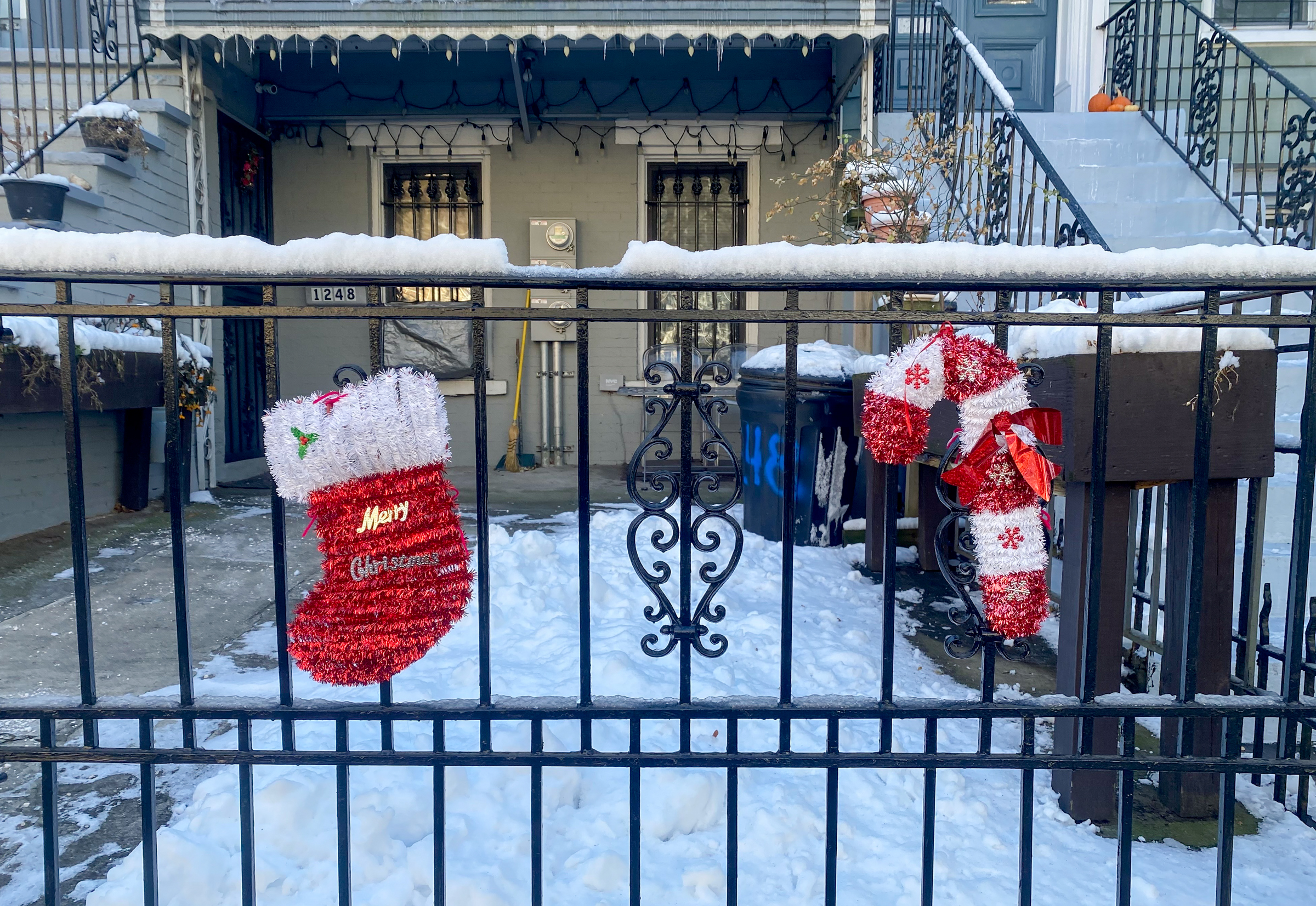SOM-designed Toren About to Hit the Market
Toren, the new development at 150 Myrtle Avenue promising “A New Angle on Modern Living,” starts sales tomorrow. The Skidmore, Owings & Merrill-designed tower, reminiscent of a barcode, is 38 stories, with 240 market rate condos and 40 below-market rate condos (The New York Times reported that 10,000 people entered the lottery to buy those…


Toren, the new development at 150 Myrtle Avenue promising “A New Angle on Modern Living,” starts sales tomorrow. The Skidmore, Owings & Merrill-designed tower, reminiscent of a barcode, is 38 stories, with 240 market rate condos and 40 below-market rate condos (The New York Times reported that 10,000 people entered the lottery to buy those units). The top eight floors have eight one-bedroom penthouses and 24 two- and three-bedroom duplex penthouses. William Ross, Director of Development Marketing at Halstead Brooklyn, which is handling the listings, said he isn’t apprehensive about bringing another luxury product on the market, with Oro Condominiums struggling to sell around the corner. “Not this one, this one is special,” he said. Toren’s indoor pool is designed to replicate the Art Deco saltwater pool formerly at the St. George Hotel on Henry Street, once the largest of its kind in the world, and there’s a co-generation plant in the building’s basement. Toren also features a bi-level furnished roof garden with an outdoor movie theatre, indoor library, attended lobby, yoga room and fitness center by Iowa Fitness. Ross said parking is on the second and third floor, not underground, because there’s an old train station right next to the building, possibly the former Myrtle Avenue el’s first underground station. He said the station is too short to accommodate today’s cars. BFC Partners is the developer.
Toren: A New Angle on Modern Living
Toren Listings [Halstead] GMAP
150 Myrtle Revealed As Part of Condo-Mania Event [Brownstoner]
New Details on 150 Myrtle Avenue [Brownstoner]





yes, 3:15. you didn’t win.
Has anybody who applied for the lottery heard anything yet?
Is this an April Fools joke? Yikes!
The lack of amenities in downtown BK is the biggest drawback I see for these new towers. These new buildings face a challenging geographic predicament. They are walking and/or close subway distance to three great neighborhoods – Fort Green (walk), BK Heights (walk), and Park Slope (two stops on R from Dekalb to Union). Yet they are “roll out of bed” convenient to none. In their favor they are well served by public transportation and by access points to major roads and highways. Overall I think development here is pretty non-controversial. The land being developed is made far more productive by these buildings. There aren’t many full service modern high rise buildings in BK so these will serve an underserved segment of the market. If pricing is wrong, it will be adjusted – as condos or rentals, hardly financial ruin. If I were a buyer I’d hold back for a while but such a decision is one the developers can mitigate – by marketing, pricing, incentives, etc. The projects are nearby, true indeed – yet the projects don’t seem to have derailed Fort Greene or Clinton Hill. Or the numerous neighborhoods in each boro that have survived despite them. We New Yorkers used to have a reputation for toughness … Prices like these were once unthinkable, however, aside from fedder’s type construction, they’re not really that remarkable anymore. Contextually and aesthetically, high rises belong in downtowns. A Skidmore addition to the Brooklyn skyline is not the worst outcome. And for those with square shapped orofices for whom this looks like a dildo, sucks to be you.
Speaking of amenities, check out the rendering of the “library.”
– http://media.halstead.com/pictures/1576519-6.jpg
I assume the books are purely decorative since 90% of them are inaccessible to those unable to levitate.
2:38: i would like to “pioneer” some sense into you. nobody used any of those exact words in this thread and even if they did, so what? this is a market society and if you can’t afford the changing demographics, you must relocate. if you want socialism, move to europe or something.
2:32….You are quite the hypocrite aren’t you…
First you say Williamsburg has all the finest things that Manhattan has to offer, and then you say Park Slope is a zoo?
So is Park Slope MORE of a zoo than Manhattan, which is apparently exactly what you want Williamsburg to be like??
I’d argue that there are equally good galleries, restaurants, shops and certainly schools is many other areas of Brooklyn.
Sounds like somebody is a little defensive of her rapidly depreciating asset.
So many amenties bring on high common charges. The CC’s are approaching $1/sqft there.
Anyone who uses the words “colonize”, “establishing a beachhead”, or “pioneering” when describing rich white people moving into New York City neighborhoods after say the Civil War, please do me a favor and punch yourself repeatedly in the face. There were always people living in these neighborhoods–usually black and brown people, who I know, don’t actually count in the Brownstoner world, but people nevertheless.